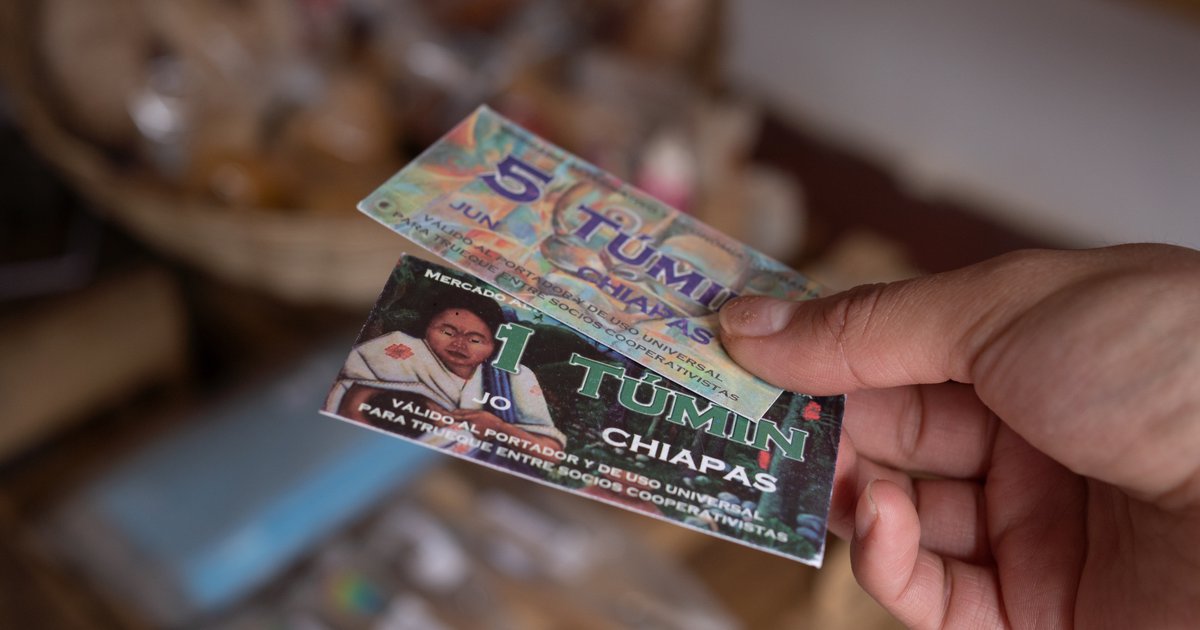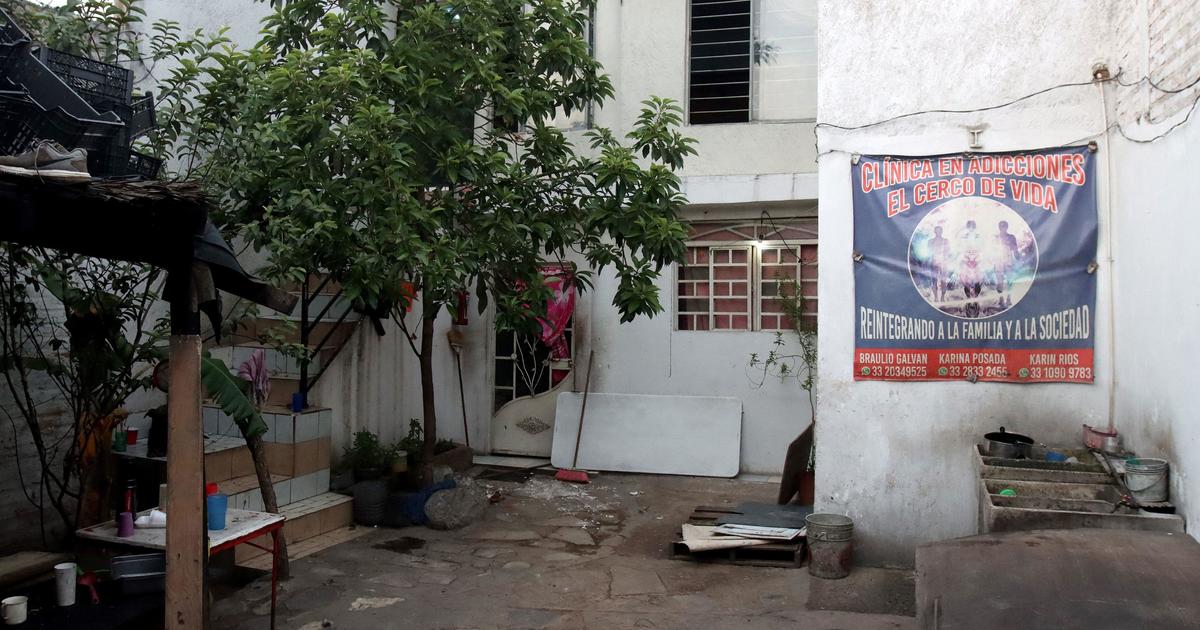
[ad_1]
The currency – usually, but not always, used alongside the peso in transactions (for example, paying half in each currency or receiving 20% change in Túmin) – was the brainchild of researchers from the Intercultural University of Veracruz, who were conducting a project on rural communities. They observed that the growth of local markets in Veracruz state was being hampered by their inability to compete with large companies.
Fruit and vegetable producers from the Veracruz town of El Espinal, home to around 25,000 mostly indigenous people, soon came together to print and use Túmin to tackle local cash shortages and rising prices.
They also sought to stimulate sales through lower costs. Túministas generally sell at cheaper prices when accepting Túmin as a gesture of solidarity with consumers.
Currency against capitalism
Ultimately, however, the currency’s creators wanted to make a stand against the type of capitalism that extracts and hoards wealth. Unsurprisingly, the country’s central bank, the Bank of Mexico, pushed back, arguing that Túmin was unconstitutional since the state has a monopoly on minting currency and issuing bank notes.
But the Túministas maintained that they were protected by rights allowing indigenous people and communities autonomy to shape their economies, and that the currency did not seek to replace the peso. The furore blew over.
Now, in some municipalities, such as El Espinal or Papantla, it has been reported that rent, water and other bills can be paid – at least in part – in Túmin.
The desire that Túmin be used to help build a social fabric that favours barter and interest-free loans, especially in the face of the growth of electronic banking that came with the pandemic, is central to its creators.
“When you start using Túmin, you stop being clients and become partners,” Castro explained. “When this happens, the entire capitalist dynamic collapses.”
He added that the currency presents a problem for the Mexican government as taxes cannot be levied on profits made in Túmin. The paper-based currency offers an alternative to centralised debt-based economic models and represents something of a return to pre-capitalist methods of barter and exchange.
“It is an alternative market that only works communally in the spirit of one for all and all for one,” Castro said. “It is just one part of a new culture that is increasingly developing autonomous social structures outside government control.”
He told Mexican newspaper Proceso: “This project cannot repeat the schemes of capitalism; it is not a coin to profit, nor to speculate. It is not to generate wealth or create poverty: it is a currency that supports people, but it does not solve everything. You have to be realistic, it is not an ideal currency.”
Back in San Cristobal de las Casas, taxi driver Laura Mendoza has been accepting Túmin for almost a year. However, just a handful of clients regularly pay her in Túmin. Most of them don’t know anything about the currency. This isn’t uncommon. Despite the numbers of vendors now using it, outside Veracruz, Túministas have generally struggled to get working people to embrace it, as it is perversely considered a foreign and even slightly bourgeois concept. Detractors also suggest that it would be easier to counterfeit Túmin than Mexican banknotes.
“I tell them I can offer change in Túmin but a lot of people don’t want it,” she said. “They’re afraid of something different. Or they think that I’m trying to swindle them.”
But when people are interested, she is happy to explain how the system works and give them change in Túmin. As a consumer, she tries to do her shopping in places which accept Túmin or by directly contacting other Túministas.
“We have a big group on WhatsApp in San Cris,” she said. “I can ask there if someone is offering a particular service or if someone is selling fruit or vegetables.”
With interest growing, she is intrigued by the potential of the currency – not dissimilar to other models used and experimented with across the world – to strengthen the local economy and society.
“People are always talking about the remittances that come into Mexico, but they don’t talk about the huge quantities of money leaving the country through big stores like Walmart,” Mendoza said. “Túmin is a necessity if we wish to reinvest in our community.”
[ad_2]
Source link













